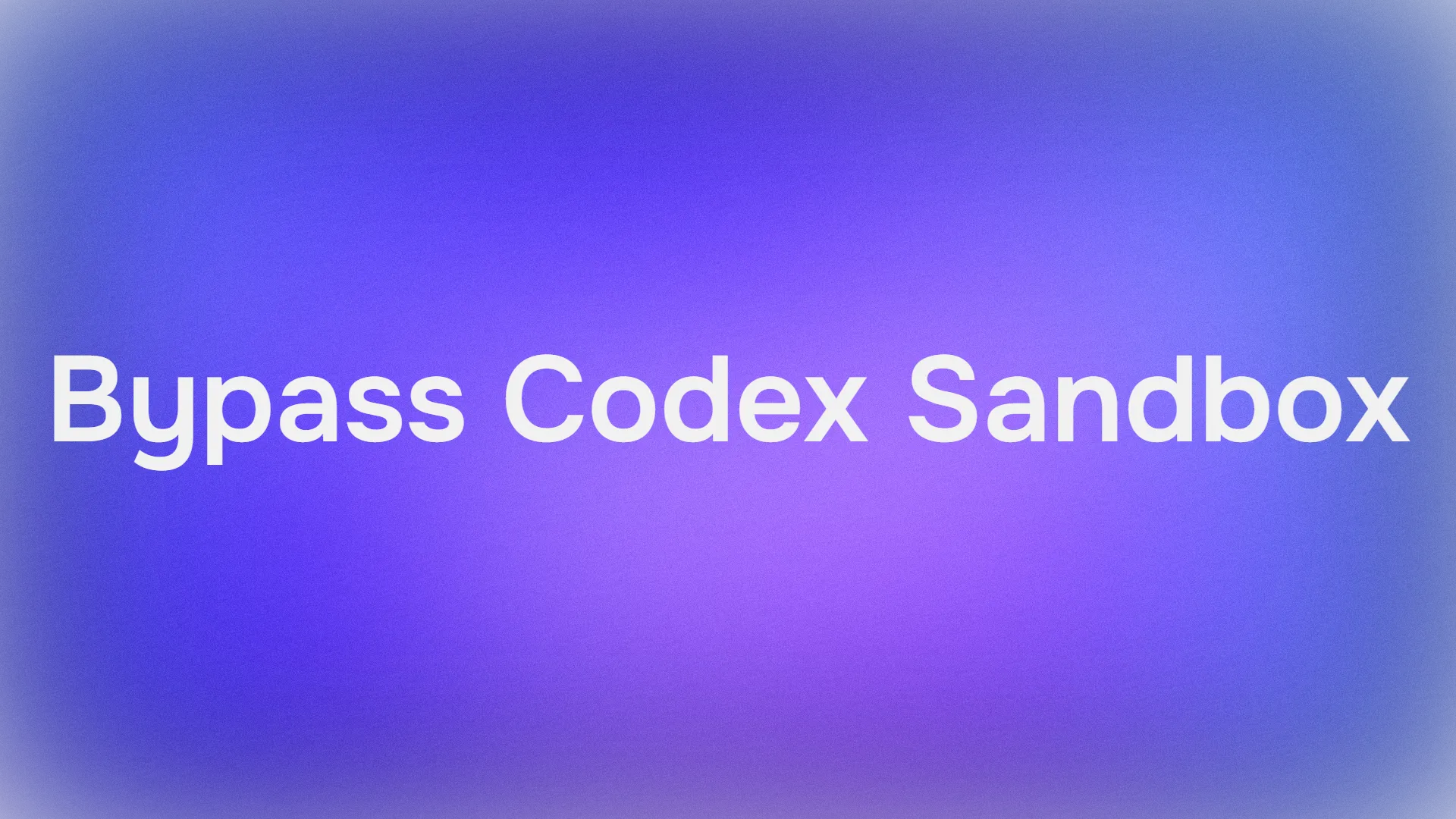In the realm of web development, ensuring secure communication across different domains is paramount. This is where Flask-CORS emerges as a vital tool for Flask web applications built with Python. By streamlining Cross-Origin Resource Sharing (CORS) configurations, Flask-CORS empowers developers to meticulously manage authorized origins that can interact with their APIs.
To start developing like a professional, click the button below now! 👇

This not only safeguards sensitive data but also fosters seamless integration of functionalities and data exchange between your Flask application and external resources, laying the groundwork for robust and feature-rich web applications.
As this article's main concern revolves around Flask and Cross-Origin Resource Sharing, we will be taking a closer at both concepts prior into how we can enable the Flask-CORS combo.
What is Flask?
Flask refers to a Python web framework that provides a both lightweight and flexible foundation for building web applications.
Key Aspects of Flask
Minimalist Philosophy
Unlike comprehensive frameworks, Flask embraces a minimalist approach. It provides essential functionalities for web development, like routing and request handling, but doesn't impose a rigid structure.
This allows developers to choose the additional libraries and extensions they need for their specific project, fostering customization and tailoring the framework to their requirements.
Routing
Flask employs a routing system that maps URLs to Python functions (called views). When a user accesses a specific URL, the corresponding view function is executed.
This flexible routing system offers developers granular control over how URLs are handled and what actions are triggered.
Template Engine Integration
Flask alone does not handle templating, but instead seamlessly integrates with popular templating engines such as Jinja2.
These templating engines enable developers to create dynamic HTML templates using a concise syntax, where variables and logic can be embedded within templates. Therefore, it enables the generation of personalized content for users.
Request and Response Handling
Flask provides tools for handling incoming HTTP requests and generating appropriate responses by requesting object information like headers, cookies, and data sent by the client. Developers will also be able to construct and customize HTTP responses with headers, status codes, and response bodies.
Lightweight and Fast
Flask takes up less computing power, allowing it to possess a faster application startup time and lower memory consumption compared to other popular frameworks.
Easy to Operate
Flask has a clean and well-documented codebase that allows it to be easy to learn and use for first-timers. This gentle learning curve allows developers to focus more on building their application logic rather than struggling with difficult-to-understand frameworks.
Extensible
Flask boasts a rich ecosystem of third-party extensions that provide additional functionalities. These extensions cover a wide range of needs, from database interaction and authentication to form handling and security.
Built-in Development Server
Flask comes with a built-in development server for local testing and debugging. This allows developers to quickly run their applications and iterate on code changes without needing to set up a separate web server.
Step-by-step Guide to Use Flask-CORS
This section will include a simplified guide on how to install Flask-CORS on your device, so that you can start using the extension in your Flask APIs and applications!
Installation
Begin by installing the Flask-CORS library using pip:
pip install flask-cors
Basic Usage
1. Import Flask-CORS and your Flask application instance:
from flask import Flask
from flask_cors import CORS
2. Instantiate your Flask application:
app = Flask(__name__)
3. Initialize Flask-CORS. By default, this allows CORS requests from all origins:
CORS(app)
Enabling CORS for Specific Origins
During initialization, you can specify allowed origins as a list:
CORS(app, origins=['http://allowed-domain1.com', 'http://allowed-domain2.com'])
Customizing CORS Behavior (Optional)
Flask-CORS offers options to configure various aspects of CORS behavior:
- Allowed methods: Specify which HTTP methods (GET, POST, PUT, DELETE) are allowed for CORS requests.
- Allowed headers: Define which headers can be included in CORS requests.
- Exposed headers: Indicate which headers from the server's response should be accessible by the client application.
- Max age: Set the duration for which browsers should cache preflight requests (relevant for certain methods).
Refer to the Flask-CORS documentation for detailed information on these options: https://github.com/corydolphin/flask-cors
Integrating with Routes
By default, Flask-CORS applies to all routes in your application. You can also use the @cross_origin() decorator on specific routes to enable CORS for those routes only. Here's an example:
@app.route("/")
@cross_origin() # Enable CORS for this route
def hello_world():
return "Hello, World!"
Remember:
- Enabling CORS for all origins is generally not recommended for production environments due to security considerations.
- Carefully configure allowed origins based on your application's requirements.
- Refer to the Flask-CORS documentation for comprehensive details and advanced usage scenarios.
Begin Creating Flask APIs with Apidog
If you already have Python code ready for a Flask API, all you have to do is get an API platform to begin visually developing it!
If you have not used an API tool before, we strongly suggest trying out Apidog, a sophisticated API development tool that equips users will all the necessary tools needed for the entire API lifecycle.

Design and Modify APIs Your Way With Apidog
Apidog empowers any user to have the ability to create their own API, therefore, there is no more reason to complain for an API that does not satisfy one's needs!
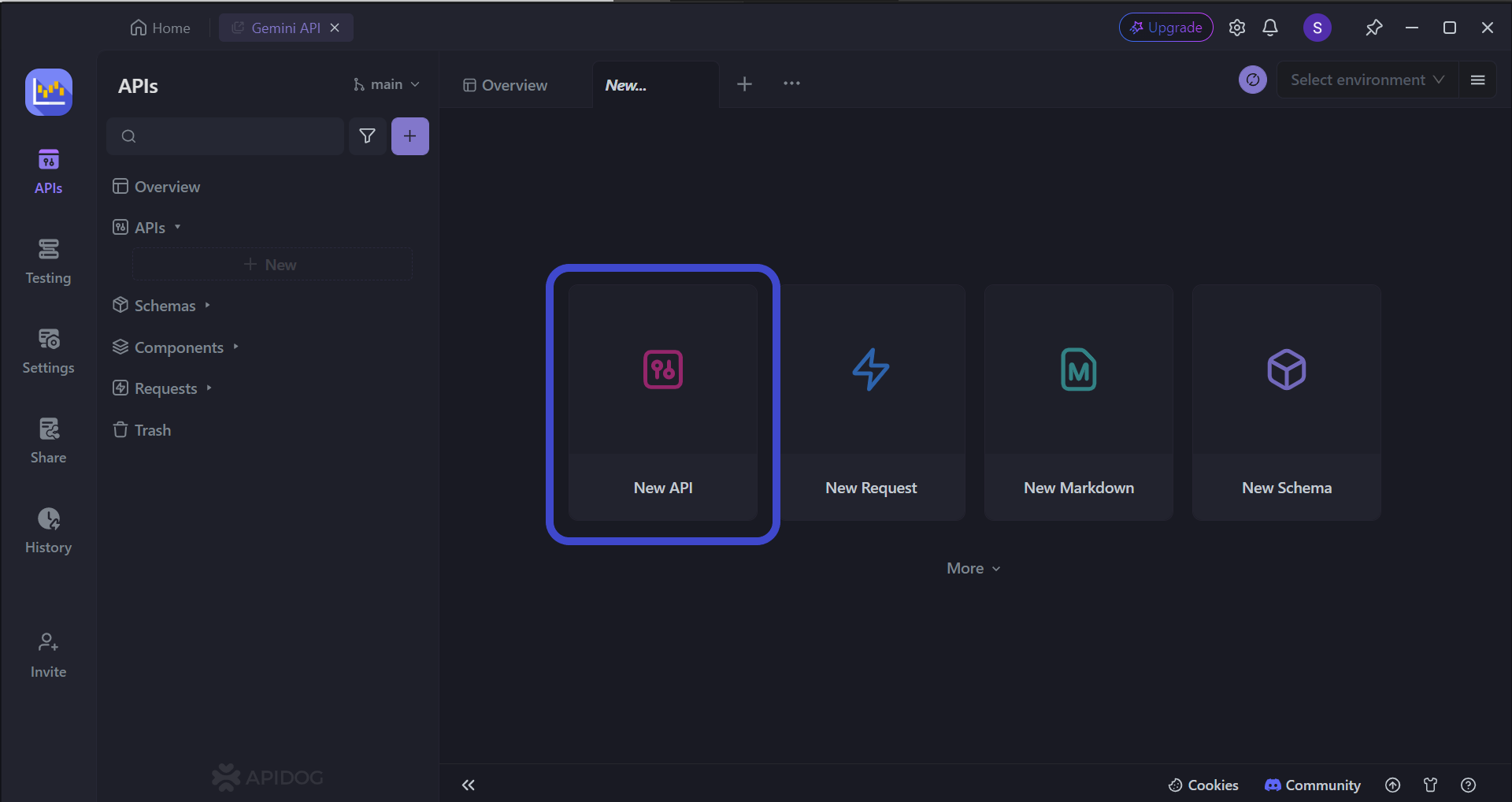
Start by press the New API button, as shown in the image above.
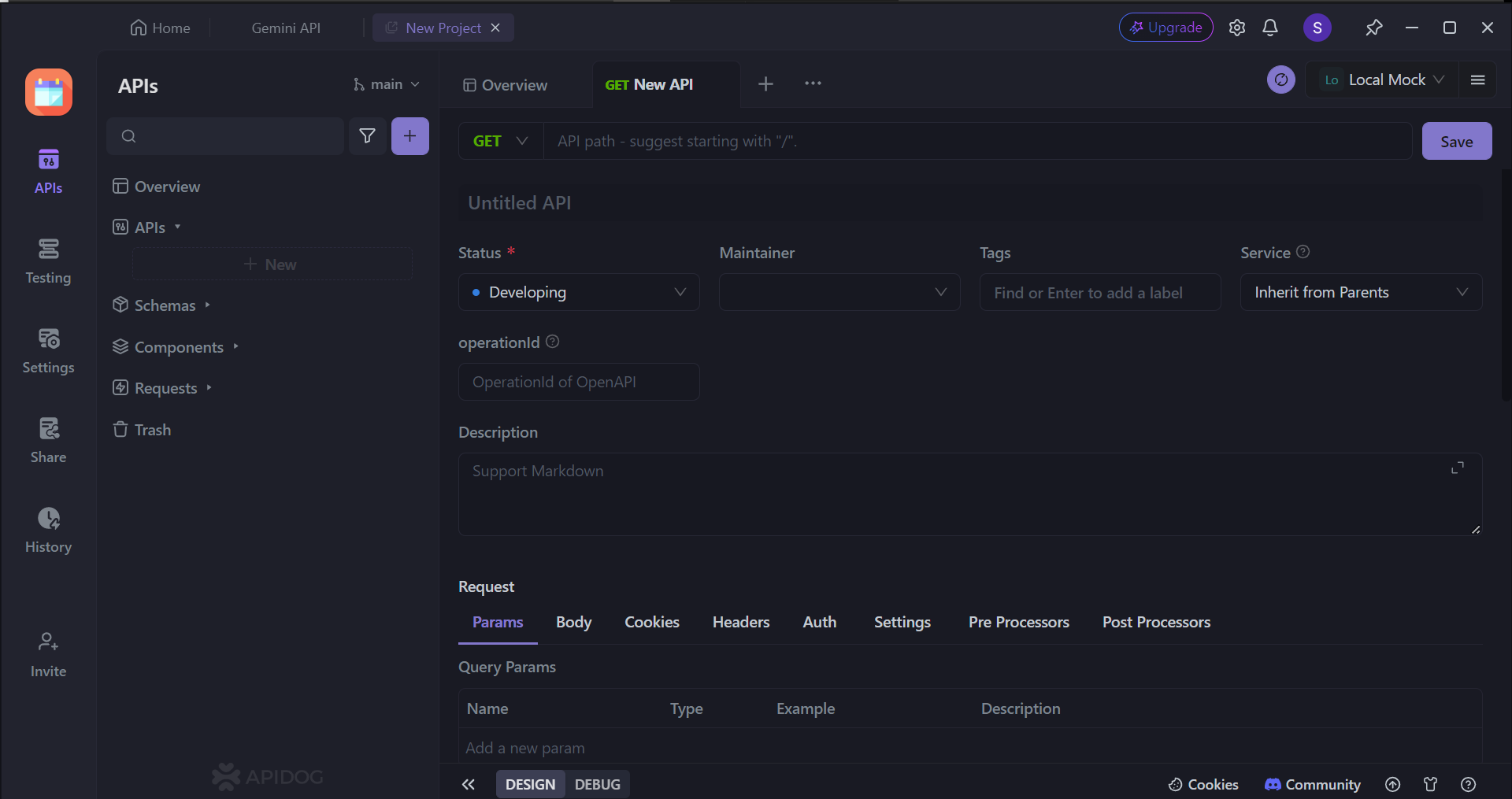
In this section, you'll meticulously craft how your API interacts with applications. You can specify:
- The methods applications will use to communicate (GET, POST, PUT, DELETE).
- The exact URL (endpoint) where applications will connect.
- Any essential details required within the URL to target specific data.
- A clear description of what that particular part of your API accomplishes.
Testing APIs Using Apidog
Testing comes right after API design. With Apidog, you can directly start testing your API, to see if there are any flaws present in the current design.
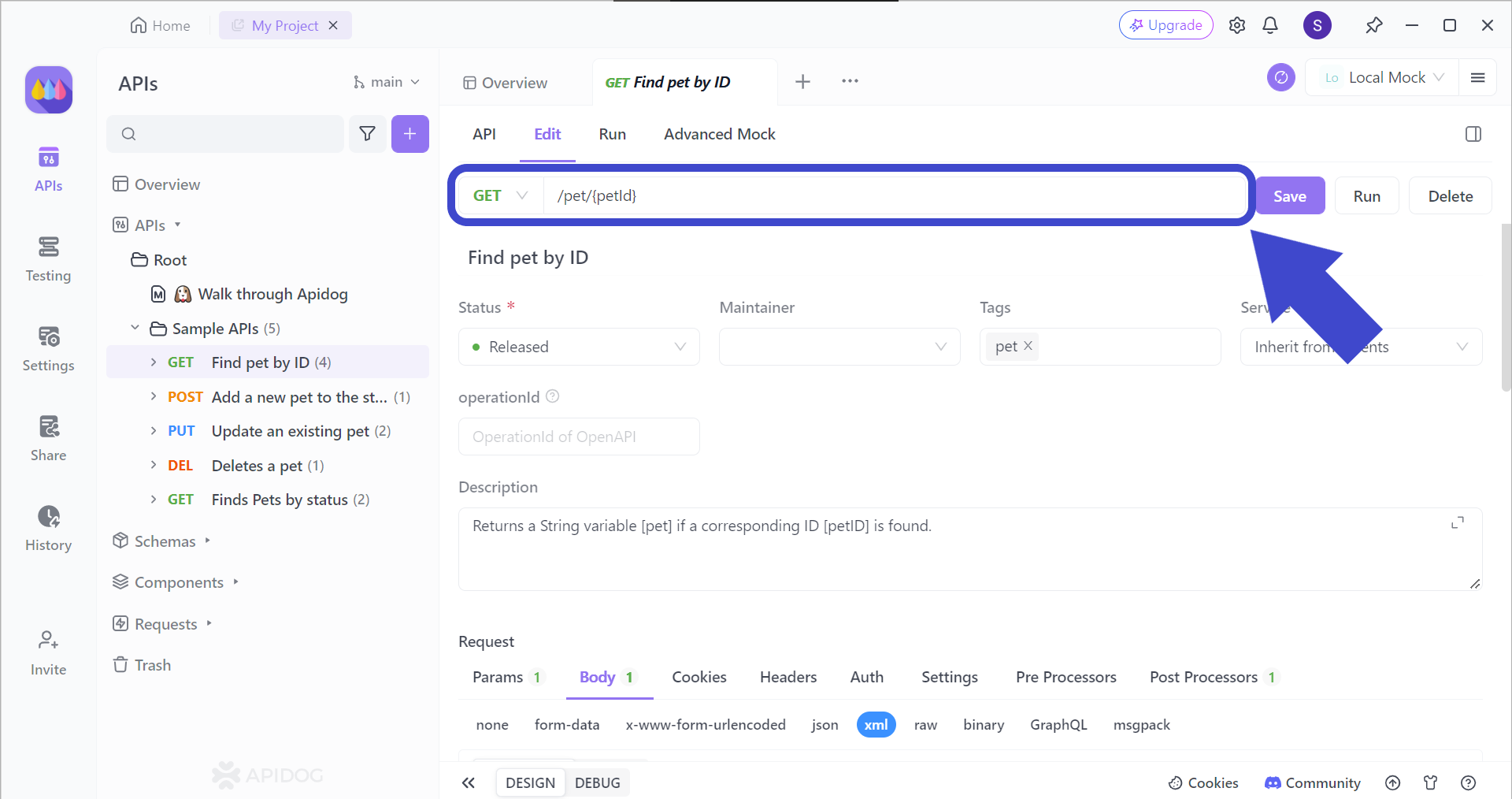
The first step is to enter the specific API endpoint you want to test. Include additional details such as parameters if necessary for the specific API you're testing.
If you're unsure about using multiple parameters in a URL, this article can guide you on how to hit the exact resource within larger datasets!
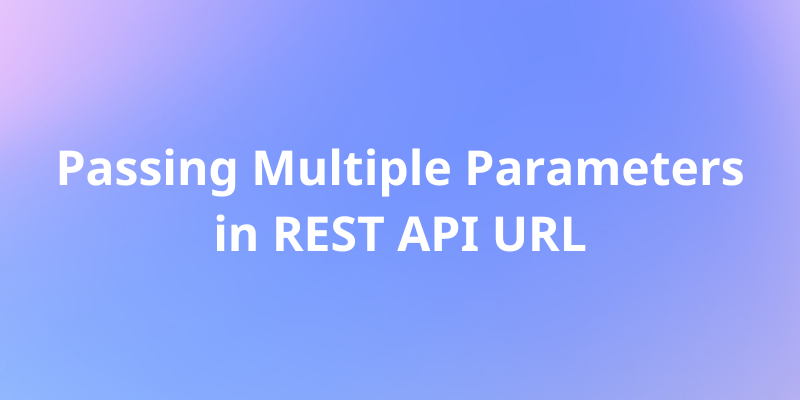
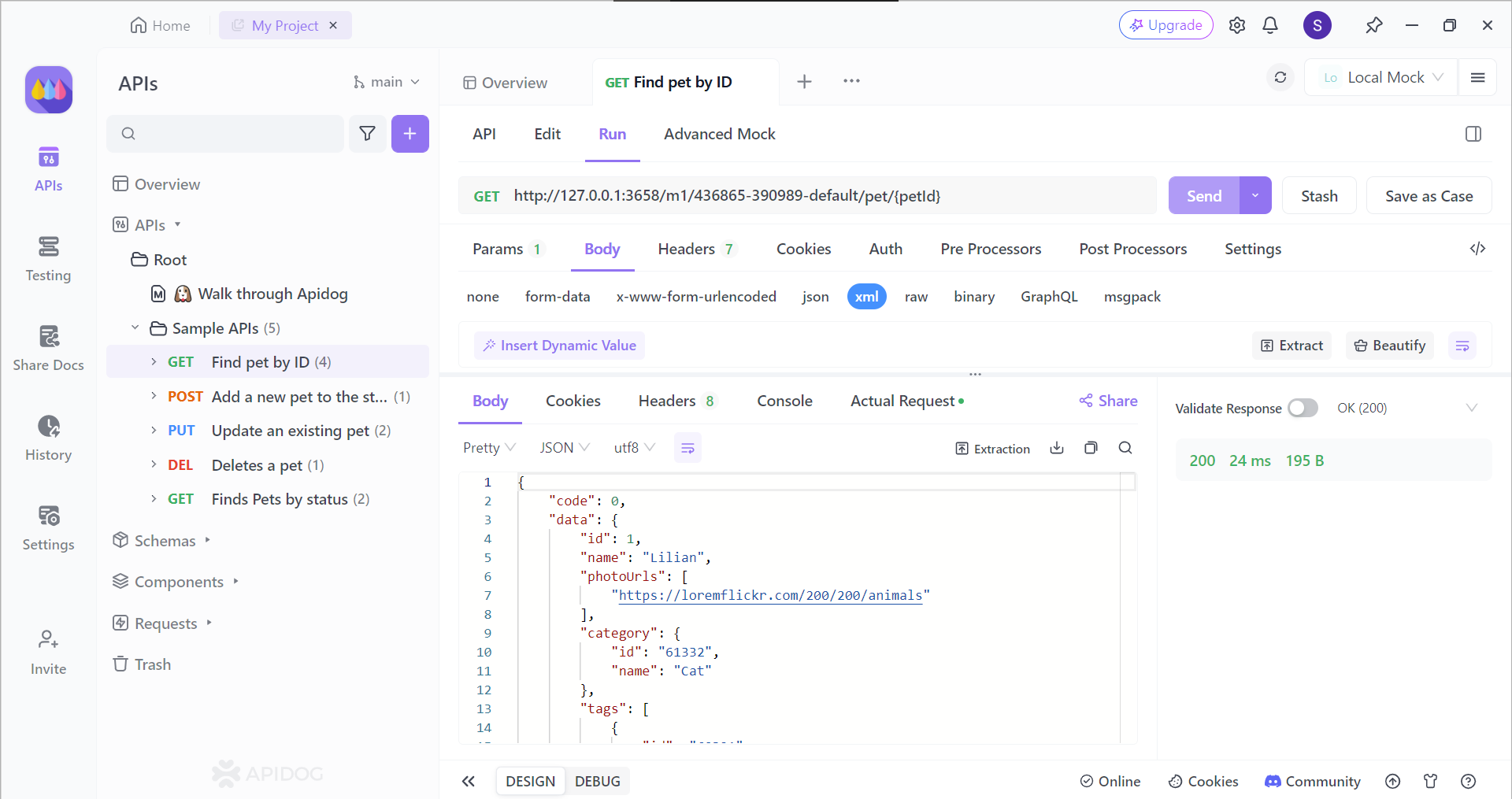
Clicking Send triggers the request and unveils the API's response in full detail. Check the status code to see if the request was successful. You can also examine the raw response, which provides the exact data format your client code can utilize to process information sent by the back-end servers.
Conclusion
Flask-CORS emerges as a powerful and user-friendly solution for managing CORS configurations within Flask applications. Through streamlining the process, it empowers developers to meticulously control which external domains can interact with their APIs. This ensures secure communication and fosters seamless integration with external resources. Whether you're building a simple web application or a complex web service, Flask-CORS empowers you to establish secure and controlled communication between your Flask application and the outside world, laying the foundation for robust and feature-rich applications.
Furthermore, Flask-CORS's extensibility and ease of use make it a compelling choice for developers of all experience levels. With its clear documentation and readily available configuration options, Flask-CORS helps developers focus on building the core functionalities of their applications without getting bogged down in complex CORS configurations. As web development continues to evolve, Flask-CORS is likely to remain a vital tool for developers seeking a robust and flexible solution for managing CORS within their Flask applications.





